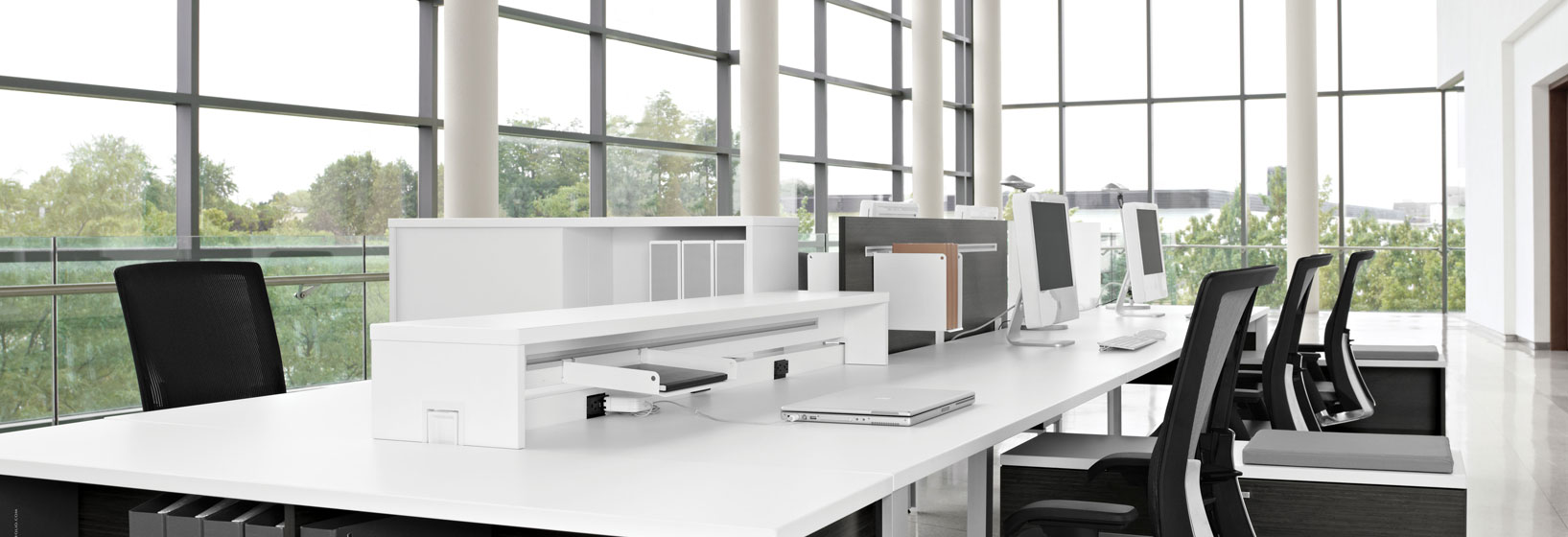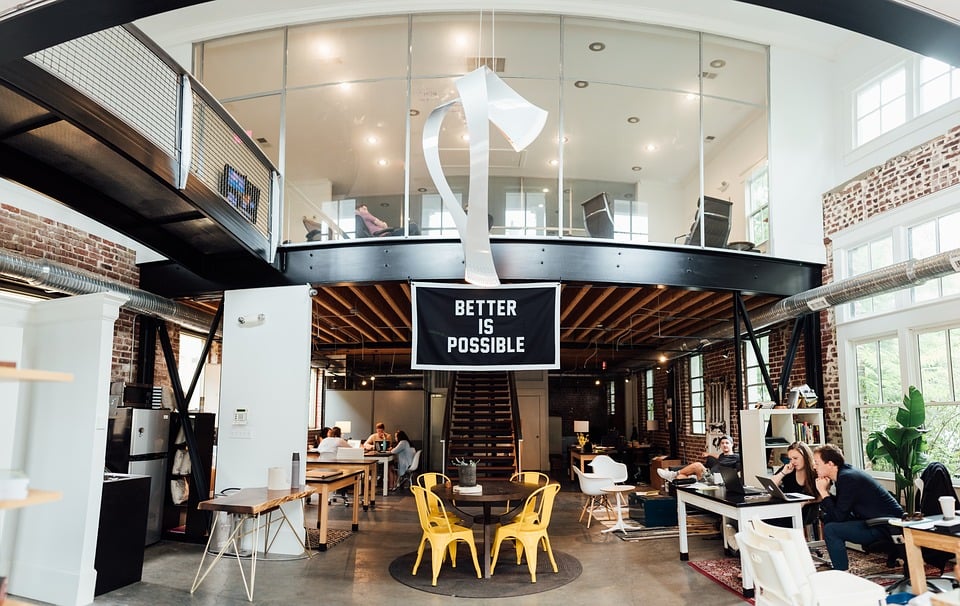- Call us now! 800.815.8592
- info@rightsizefacility.com


The characteristics of the ideal office plan design have changed significantly over the last few decades. First we had cubicles. Then we had open office plans. Now the question is: Are hybrid offices the new sweet spot?
The original design for the cubicle dates back to the 1960s, and its intention was to provide freedom and flexibility for the growing group of knowledge workers. By the 1980s and 1990s, cubicles were nearly ubiquitous in offices – and had transformed into a symbol of workplace tedium and unhappiness.
As a reaction, companies started tearing down cubicle walls and building open office spaces intended to create happy and collaborative workplaces. But open-plan offices brought their own set of problems, as employees battled with noise, concentration, and productivity challenges.
Now companies are trying to find the perfect balance between these two extremes: a space employees can adapt to optimize their social interaction, autonomous work, and group projects. It’s called the hybrid office, which according to Fortune Magazine, “incorporates a range of spaces and gives employees the autonomy to move between them throughout the day.”
What’s in a Hybrid Office?
There’s no one right way to PLAN and FURNISH a hybrid office. Its look and layout varies based on company and employee needs, but it combines diverse spaces to prioritize both freedom and privacy. A successful hybrid office has versatile areas for solo work (cubicles, private offices, soundproof rooms, phone banks) and collaboration (open-plan spaces, coffee shops, huddle rooms, lounges). Employees have some degree of control over where and how they work each day.
What are the Pros and Cons?
Hybrid offices can boost employee productivity and happiness – which leads to talent retention and overall well-being. Workers aren’t trapped in cubicles or overwhelmed by open-plan offices; they’re empowered to use different spaces based on their task, mood, or style.
Hybrid offices also utilize mobile technology and cloud-based software, which can make it easier for employees to have flexible hours or work remotely. This is often a benefit, encouraging better work-life balance. But it can also blur the lines between work and personal life, setting the expectation that employees should be available at all times. An effective hybrid office finds a happy medium between workplace flexibility and 24/7 office hours.
Get in touch with Rightsize to PLAN your ideal office space.